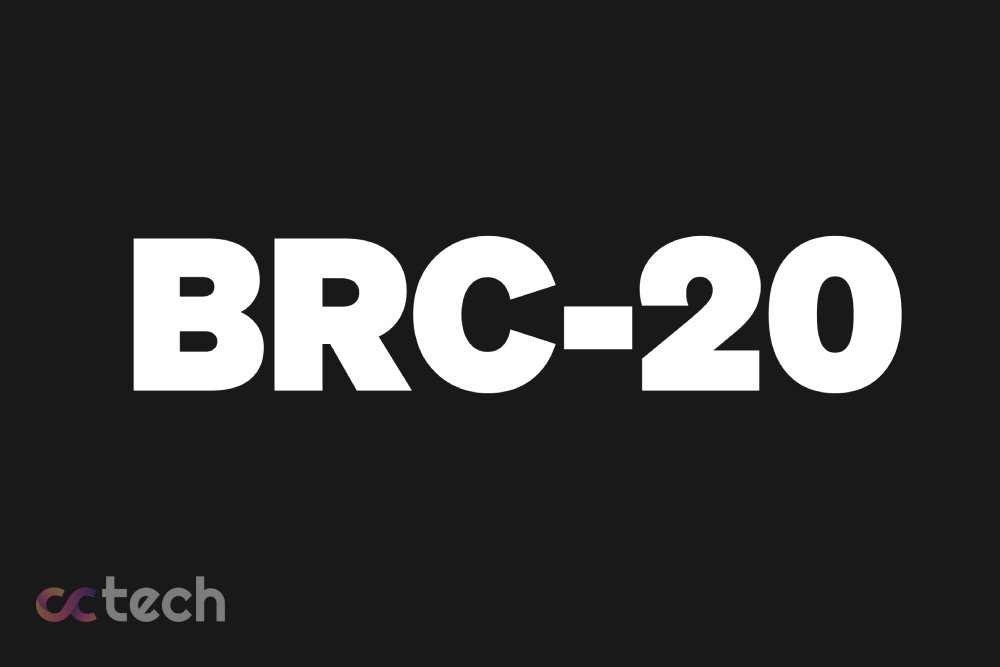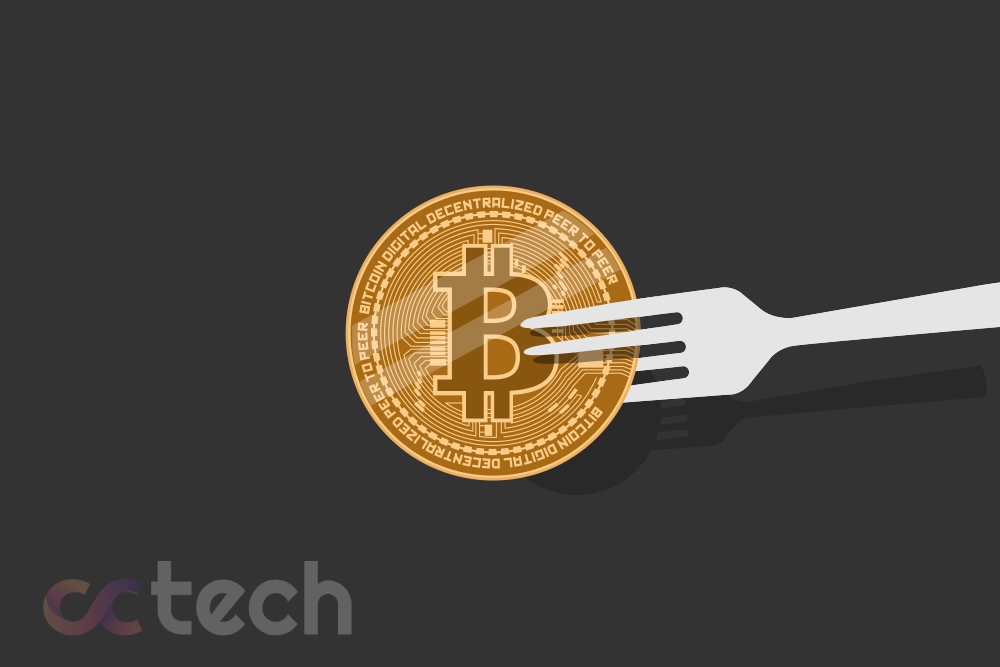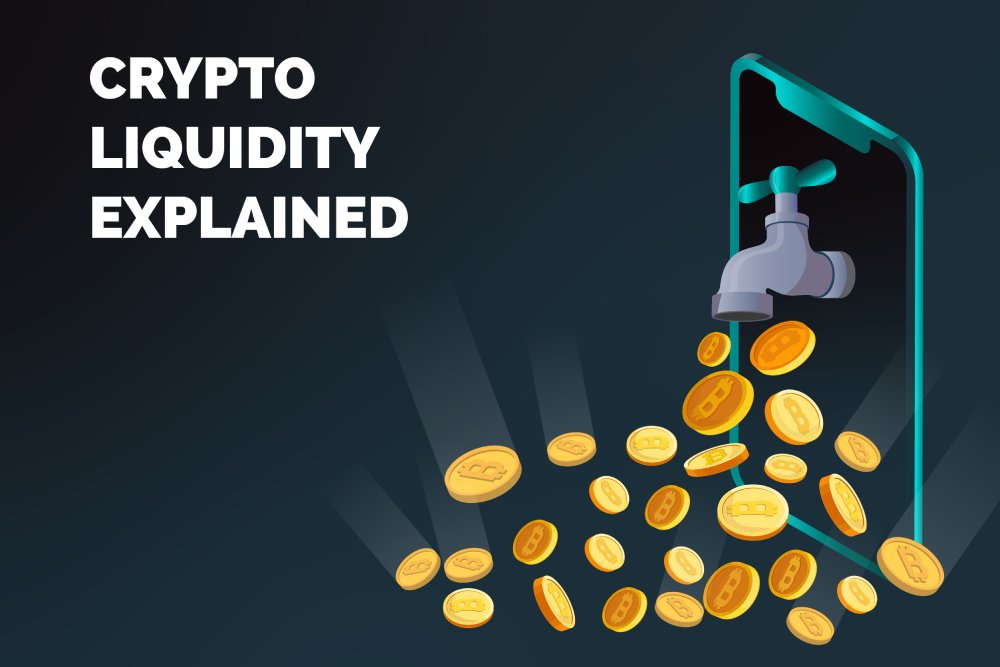
Having invested in cryptocurrency, many people wonder what to do next. Tracking the ups and downs of Bitcoin, Ethereum, and other coins and actively trading them during these fluctuations is a full-time job that not everyone has time for.
For traders planning longer-term investments, there are other ways to make money from crypto-assets that will just lie in your wallet – steaking and profitable farming. Here’s what they are.
“Staking” and “yield farming” on DeFi networks enable passive income generation. DeFi is a general term for decentralized finance or decentralized financial services for blockchain-based currencies and smart contracts.
At their core, steaming and income farming are roughly the same thing. They involve investing in one or more cryptocurrencies and collecting interest and commissions on transactions on the blockchain.
How does Staking Work?
Cryptocurrency needs to be stored in an account so that it collects interest and commissions when funds pass through validators, the nodes in the blockchain that keep the network running. When validators participate in the execution of transactions, stakeholders receive a portion of the commission.
This method of passive income is very popular and available on major cryptocurrency exchanges such as Coinbase. What kind of income can I get? Some tokens, such as the USDC Stablecoin, which is pegged to the US dollar, earn about 0.15% per year, while other digital currencies earn 5-6% per year.
Some services may block funds for a certain period of time, which means that you cannot deposit or withdraw them at any convenient time. In addition, a minimum amount may be required to accrue interest.
How does income farming work?
This approach is a bit more complicated, though not much different. Users add funds to a liquidity pool, often combining multiple types of tokens.
For example, a liquidity pool that combines Raydium and USDC could create a combined token yielding 54% p.a. Moreover, some new and highly volatile tokens can go into farms offering hundreds of percent APR and 10-20 thousand annual percentage yields (the rate including accrued interest).
Rewards accrue around the clock and are usually paid in crypto tokens. Collected tokens can be invested back into the liquidity pool and added to the farm to earn larger rewards. They can also be withdrawn and converted to cash.
What risks can be faced
Income farming is not only more lucrative than steaming, but it’s also riskier.
Tokens that offer such high-interest rates and commission profits are more likely to drop in value dramatically if the underlying token falls sharply in value. This is called impermanent loss. Even if commissions make a good profit, the market value of tokens can fall, depreciating the investment in the farm.
Some DeFi services offer leveraged investing, and even riskier methods.
By adding a 2x, 3x or higher multiplier to a farm investment, the user lends one type of token to merge with another, and pays a deposit that can be paid back through a high annual percentage yield. In the worst-case scenario, the entire asset can be liquidated and only a percentage of the money invested will be returned.
Newcomers to income farming should avoid pools with low liquidity. In the DeFi world, this is measured by TVL (total value locked) – the total amount of money invested in a particular pool of liquidity, currency, or exchange.
And, as with any type of digital network, DeFi services face hacks and bugs. In addition, it can take more effort to make good and consistent profits than a typical passive income.
Constantly tracking the value of tokens and going from one farm to the next can both produce good results and be addictive. Plus, it’s not much different from trading in the stock market-the process is risky, and sometimes depends more on luck than skill.









